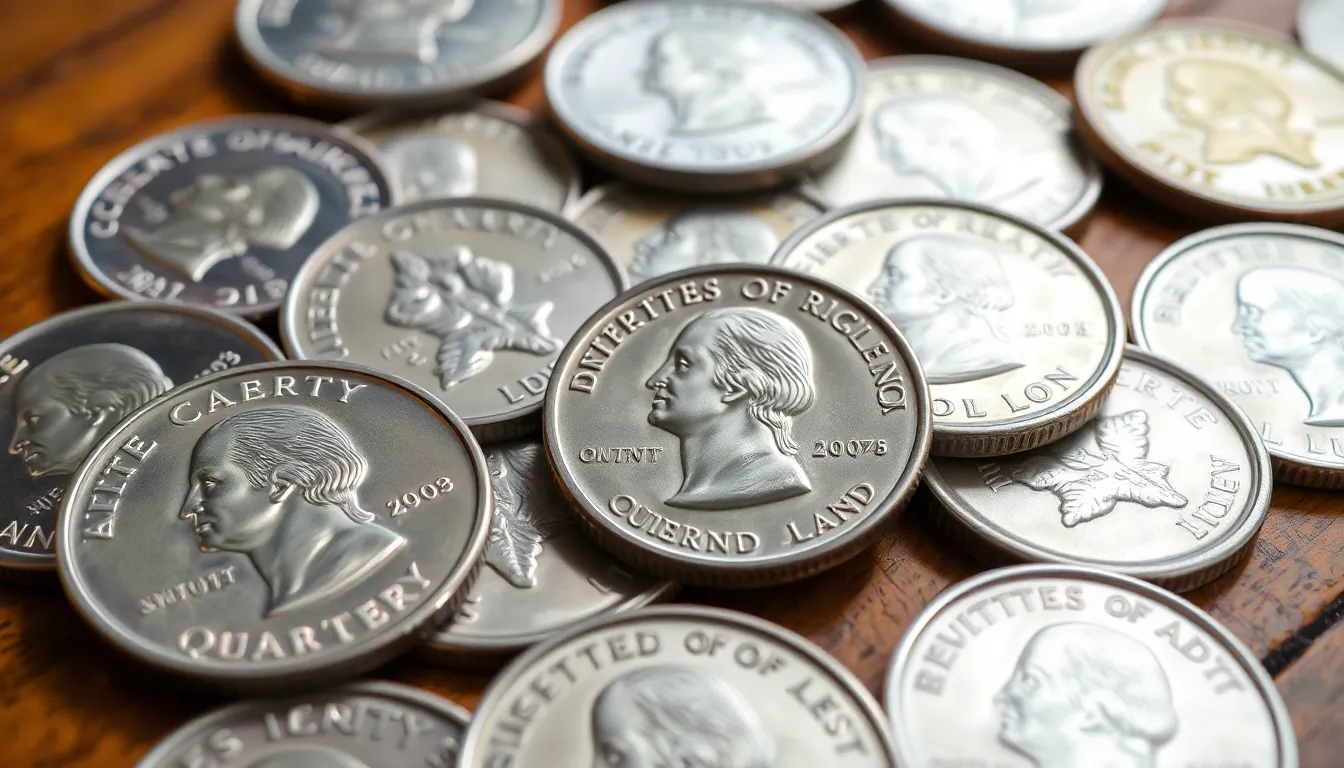In a world where pocket change often gets tossed aside, a few modern quarters are quietly raking in serious cash. Yes, you heard that right! Those shiny little discs that usually get lost in the couch cushions could be worth more than your last impulse buy. Who knew that a simple quarter could be your ticket to a small fortune?
Table of Contents
ToggleUnderstanding Modern Quarters
Modern quarters, minted since 1965, often carry values beyond their face value. Certain variations possess attributes that significantly increase their worth. Collectors seek quarters based on mint marks, design changes, and rare errors. For example, the 2004 Wisconsin quarter with the “extra leaf” variety is particularly sought after due to its rarity.
Another key point involves condition. Quarters in uncirculated or mint condition command higher prices. Factors like scratches, tarnishing, or wear can reduce value. Conversely, pristine coins can sell for hundreds of dollars at auctions or through individual sales.
Specific collections, such as the 50 State Quarters program, introduced between 1999 and 2008, contain valuable pieces. Some limited-release quarters from this series, like the 2004 Indiana quarter with a significant error, can fetch high prices among collectors.
Additional interest comes from the America the Beautiful quarters program, which started in 2010. Unique designs celebrating national parks provide diverse collecting opportunities. Certain designs, especially those featuring national landmarks, attract particular attention from both collectors and investors.
Ultimately, the world of modern quarters reveals valuable opportunities often overlooked. By understanding the characteristics that influence value, individuals can uncover hidden treasures in their change jars. It’s important to evaluate quarters carefully, considering both rarity and condition for potential monetary gain.
Key Features of Valuable Quarters

Understanding the key features that determine a quarter’s value can lead to significant discoveries. Factors like mint marks, design variations, and overall coin condition play crucial roles.
Mint Marks and Their Importance
Mint marks indicate where a coin was produced. Each U.S. mint has a distinct mark, such as the “P” for Philadelphia or “D” for Denver. Collectors pay close attention to these marks, as they can influence value significantly. For instance, a quarter with a particular mint mark may have a much lower mintage than others. As a result, rarer mint mark coins can appreciate quickly in value. Knowledge of mint marks creates a competitive edge for collectors and investors alike.
Unique Design Variations
Unique design variations attract collectors’ interest. Specific quarters, like the 2004 Wisconsin quarter, feature notable differences, such as the “extra leaf” on some coins. Such variations can drastically increase a coin’s worth. Collectors often seek these anomalies because they are less common than standard issues. Distinctive designs from programs like the 50 State Quarters often hold premium value. Recognizing these unique attributes enhances the ability to find hidden treasures in wallets and change jars.
Popular Modern Quarters Worth Money
Certain modern quarters command higher values among collectors. Their unique features and limited mintages make them desirable.
1999 State Quarters
The 1999 State Quarters hold significant value, particularly the Delaware quarter. This quarter features a low mintage and is sought after for its unique design. Additionally, serious collectors focus on the New Jersey and Georgia quarters due to their potential rarities. All three options can easily fetch prices between $5 and $100, depending on condition. Finding high-quality specimens enhances the chances of financial gain for collectors diving into their change jars.
2004 Wisconsin State Quarter
The 2004 Wisconsin State Quarter is particularly valuable because of a notable design error. The quarter exhibits an “extra leaf” error that significantly increases its worth among enthusiasts. Standard versions trade for around $0.25, while those with the extra leaf can go for $50 or more, especially in pristine condition. Collectors should examine these coins closely to uncover this valuable variant, making it essential to distinguish between regular and error types.
2019-W Quarters
The 2019-W Quarters debuted with limited mintages, making them highly sought after by collectors. Minted in West Point, these coins feature various designs, including the state of America the Beautiful series. Circulating coins from this year can already exceed values of $10, whereas pristine pieces can command over $100. Collectors actively seek out these quarters due to their rarity, emphasizing the importance of checking for 2019-W mint marks when evaluating change.
Tips for Collecting Valuable Quarters
Finding valuable quarters requires a keen eye and knowledge of key features. Collectors recognize unique attributes that can significantly boost value. Mint marks indicate where a quarter was produced. For example, quarters minted in certain locations may attract higher prices due to their rarity.
Identifying unique design variations also plays a critical role. The 2004 Wisconsin quarter, for instance, features an “extra leaf” that elevates its worth. Specific years, like the 1999 Delaware quarter, offer increased value due to low mintage. Checking the coin’s condition significantly impacts its market price; pristine coins command much higher amounts.
How to Spot a Valuable Quarter
Spotting valuable quarters involves careful examination. Inspecting for mint marks should be the first step. Locate the mark on the reverse side of the coin to assess its origin. Next, pay attention to design variations; unique details like the “extra leaf” can indicate higher value. Evaluating the coin’s condition is essential; uncirculated coins avoid wear and thus maintain their worth.
Additionally, referring to numismatic catalogs provides insight into valuable types and variations. To increase the chances of finding prized quarters, keep a list of known valuable examples and regularly check through change or coin collections.
Where to Buy and Sell Quarters
Buying and selling quarters can effectively increase a collection’s value. Online marketplaces often present numerous options for purchasing and trading coins. Websites like eBay and Etsy feature collectors and dealers listing their prized finds. Local coin shops provide an opportunity to purchase coins directly and offer valuable guidance.
Attending coin shows can also expand purchasing options. Enthusiasts gather to buy, sell, and trade, making it a prime location for sought-after quarters. Online auction sites prove beneficial for selling rare quarters, reaching a broader audience. Connecting with collectors through social media platforms enhances the opportunity to exchange information and find new buyers.
Modern quarters can hold surprising value that goes well beyond their face value. By understanding the unique features that contribute to a coin’s worth, collectors can uncover hidden treasures in their change.
Whether it’s the rare mint marks or design variations like the “extra leaf” on the 2004 Wisconsin quarter, knowledge is key to maximizing potential profits.
With a careful examination of condition and rarity, what seems like mere pocket change could lead to a rewarding collection. Engaging with the vibrant community of collectors can further enhance the experience, providing avenues for buying, selling, and trading valuable quarters.


